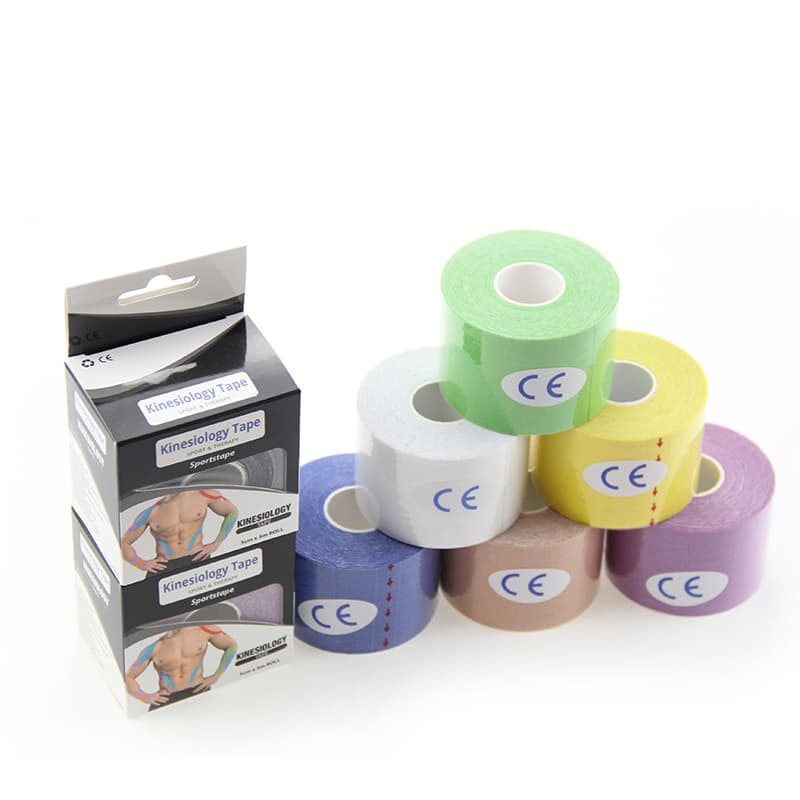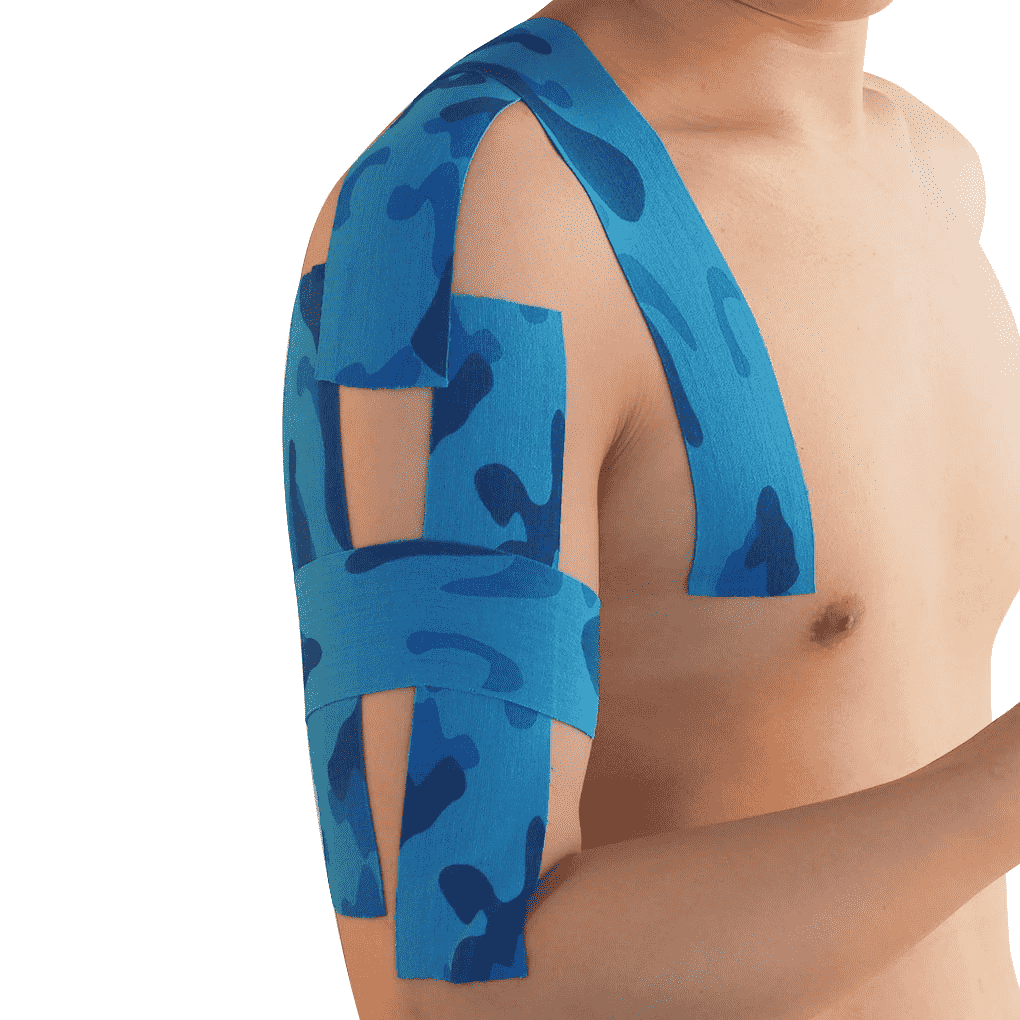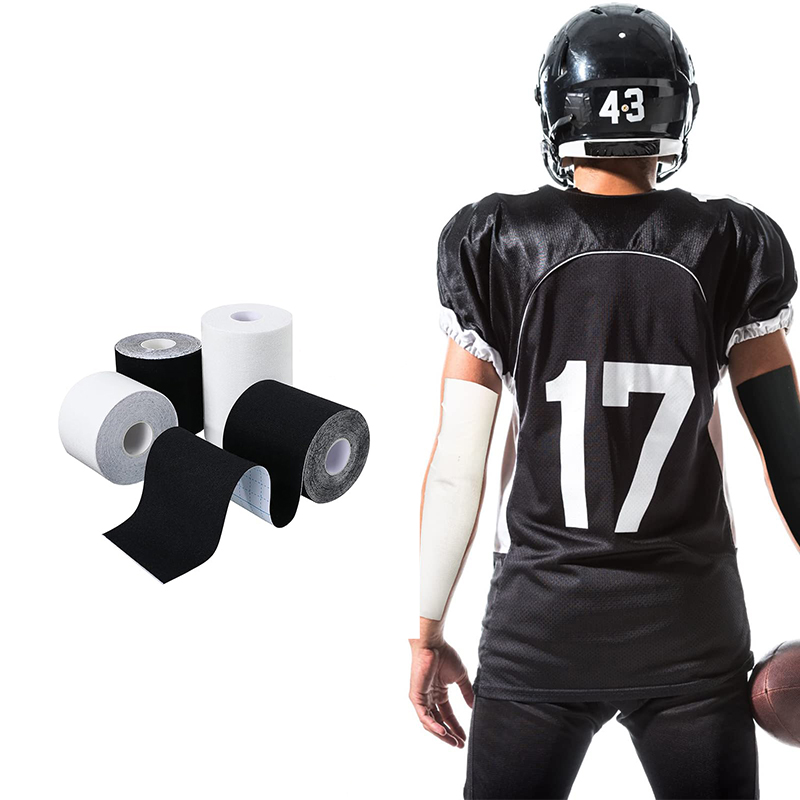What is kinesiology tape?
Kinesiology tape is a type of kinesiology physiotherapy tape that is used to treat musculoskeletal injuries. The tape is made of 95% cotton and 5% spandex that is elastic and has a low resistance to stretching. It is often used to help reduce pain and inflammation in the area of the injury.
When you use Kinesiology tape for trapezius, you can help to reduce pain and inflammation in the muscle. This tape is made of a soft, flexible material that sticks to skin well. It can be applied directly to the skin, and it provides long-term relief from pain and inflammation.


What is trapezius muscle?
Trapezius muscle is one of the main muscles in the neck. It’s located just behind your neck, on either side of your spine, and it helps to move your head and upper body.
What are the 7 reasons to use kinesiology tape for trapezius?
Kinesiology tape is a great way to treat various injuries and pain. It is also a popular method of rehabilitation.
7 reasons to use kinesiology tape for trapezius:
1. Trapezius pain can be caused by a range of factors, including muscle strain, overexertion, and poor posture. Kinesiology tape can help to reduce pain and inflammation in the area.
2. Kinesiology tape can help to improve range of motion in the trapezius. It can help to restore movement and function in the muscle group.
3. Kinesiology tape can help to reduce tension headaches and migraines. It can also Help to relieve neck pain, cervical spine pain, tennis elbow, carpal tunnel syndrome, and other types of pain.
4. Kinesiology tape can be used as a form of self-care. You can use it to treat minor injuries and everyday aches and pains.
5. Kinesiology tape is a versatile tool that can be used for multiple purposes. It is an excellent way to treat trapezius pain and other musculoskeletal problems .
6. Kinesiology tape for trapezius can be used to treat several conditions. It is an excellent method for treating back problems, shoulder pain, and neck pain.
7. There are many different types of tapes that you can try out when it comes to using kinesiology tape. The great thing about using Kinesiology tape is that it doesn’t have any bad side effects, so there won’t be any unwanted reactions with other creams or medications.
How to apply kinesiology tape?
To use kinesiology tape for trapezius, you will need to apply it to the area of pain or injury. You can do this by either wrapping it around the muscle or using an adhesive strip. Once you have applied it, make sure to keep it in place by wrapping it tightly several times. If you need to remove it later on, simply peel off the adhesive strip and then remove the fabric piece.
Benefits of using kinesiology tape for trapezius
1. There are many benefits to using kinesiology tape for trapezius stretches.
One of the benefits of using kinesiology tape for trapezius stretches is that it can help to reduce pain. Kinesiology tape is made from a strong stretchable material and is designed to secure muscles while they are being stretched. This makes it a great option for people who have difficulty stretching their muscles normally.
Kinesiology tape for trapezius also helps to improve circulation. By stretching the muscles and connective tissue, kinesiology tape can help to increase blood flow and reduce inflammation. This can help to improve the overall quality of your life and reduce the risk of injury.
Finally, kinesiology tape is effective at reducing stress and tension in the body. By improving circulation and reducing stress, kinesiology tape can help you to sleep better and feel more relaxed throughout the day.


Conclusion
Kinesiology tape is a type of adhesive bandage that is used to treat various injuries. Some of the reasons you might want to use kinesiology tape include reducing inflammation, improving range of motion, and providing support for injured muscles and tendons. If you are considering using this product in your injury care repertoire, be sure to read the instructions carefully and find the right size for your needs.
FAQ
1. How long does it take for a trapezius muscle to heal?
A trapezius strain may hurt you for about one week or two if it is mild. Mostly, mild neck strains may self-heal in about a month, but if you got a severe Trapezius strain, it might take almost 12 or more weeks to heal completely.
2. What causes The pain of trapezius muscle?
Tightness and pain: Poor posture, such as sitting at a desk with hunched shoulders for long periods of time. People who sit at a computer for several hours a day have a higher risk of chronic pain in the neck and shoulders.



